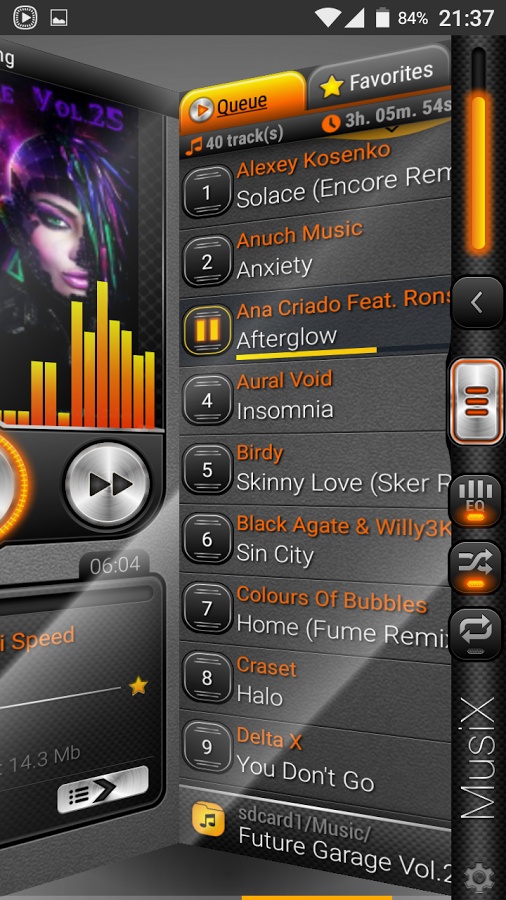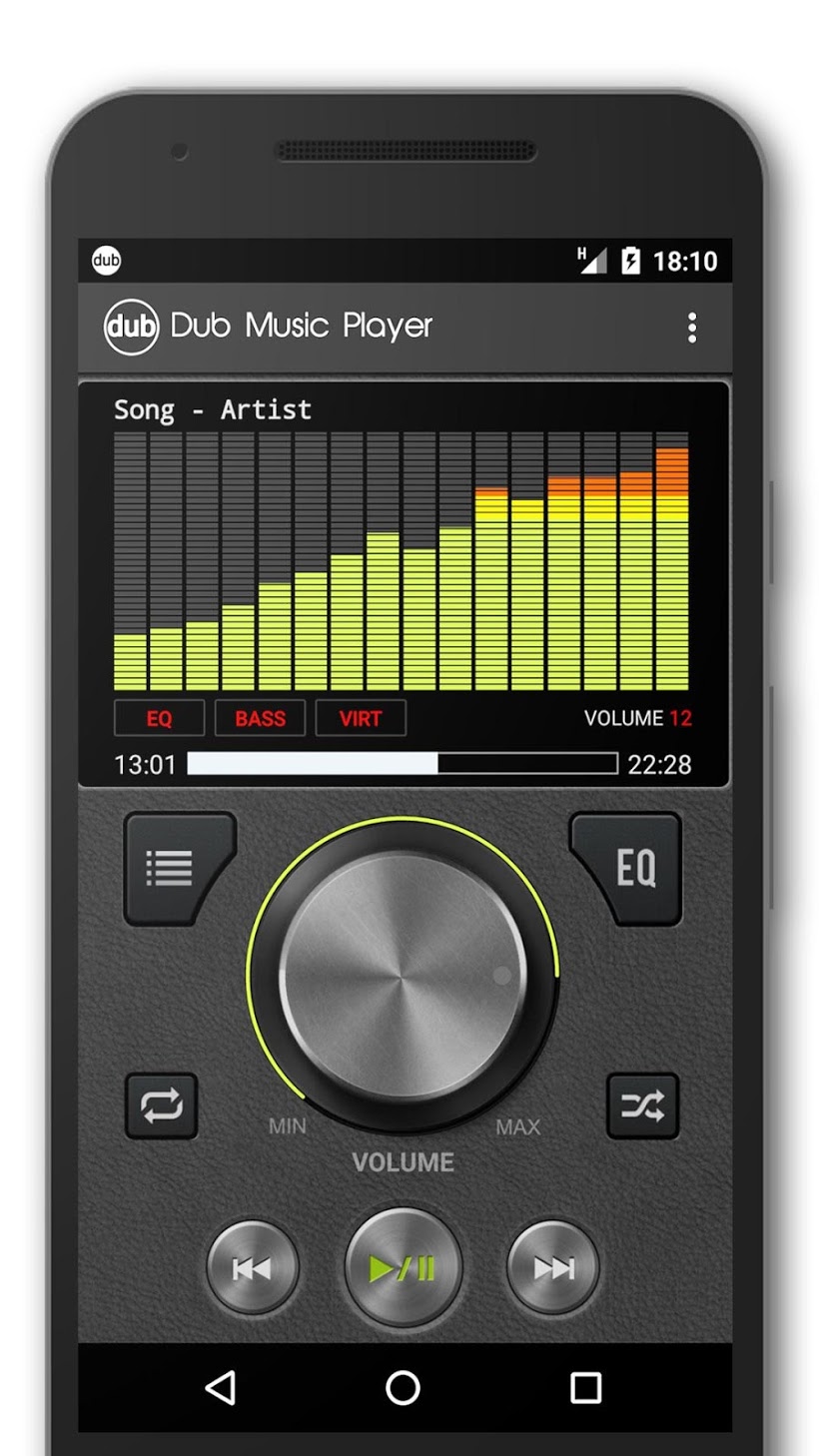
A very peculiar thing really, it can be used for small audio files.
#ANDROID PLAY SOUNDS ANDROID#
An Android class I discovered when working on this problem. We won’t speak of the video specifics, as it’s beyond our topic, only about the audio part. It’s the simplest and most used Android class that allows you to play audio and video. bugs that you may encounter.įirst, let’s make a quick coverage of what Android has to handle audio playing. We’ll cover some of the undocumented features a.k.a. I spent quite a long time solving this problem and learned a lot on my way through, so let me guide you through some aspects of playing audio on Android, as I collected all this data from various sources across the Web and from personal experience while struggling for a solution. Nothing really sophisticated… only at the first glance, of course, because if it was simple you wouldn’t be reading this post :) Users could turn them on and off when needed, and these sounds had to loop. The situation was like this: I needed multiple audio files to be played at once. I encountered one of them, and I really want to share some experience with anyone who needs it.


The number of different open source libraries is amazing, it’s all cool and fun.īut sometimes even such a big amount of information combined with Stack Overflow answers can’t help you handle specific situations quickly and efficiently. If you’d rather not feel as well as hear that your Android phone or iPhone is ringing-or if you just want to conserve your battery life by keeping vibration to a bare minimum-there’s a simple setting you can change.Android is incredibly popular now, it has a great IDE (thumbs up, Android Studio!) and a huge community. Turning off the “Vibrate on Ring” setting won’t just cut down on distractions it’ll also conserve battery life. So, does vibration count as a sound? It might (literally) feel that way when your phone is vibrating at the same time it’s ringing, or if it gives off a little “buzz” along with your tap tones. Make your phone vibrate (or not) when it rings or when you tap While you’re at it, look just below to find the Text Tone setting rinse and repeat to set a custom ringtone for incoming texts from the contact.īonus tip: Want to create your own Android or iOS ringtones? Here’s the trick.Tap the current ringtone (probably set to Default) and pick a new one.Open the Contacts app, tap on a contact, tap the Edit button, then scroll down to the Ringtone field.Pick a new ringtone, and you’re all set.Tap the Edit button (the one that looks like a little pencil), tap the three-dot menu button in the top corner of the screen, then tap the Set ringtone option.Open the Contacts app (or the People app, if your handset is still running on Android KitKat), then tap on a contact card.Tap Settings > Sounds, then flip off the Change with Buttons switch under the Ringer and Alerts heading. Yes, that means you’ll have to dig into your settings to tone down the shrill whine of your iOS alarm clock, but that might be preferable to snoozing the morning away. Luckily, there’s an iOS setting that will keep your iPhone or iPad volume buttons from changing the volume of your ringer or alerts.

(I found this out the hard way after sleeping through an iPhone alarm that was so quiet, I could barely hear it.)Įver sleep through a too-quiet iPhone alarm? Here’s a setting that might help. Here’s an interesting problem for those who use their iPhones or iPads as alarm clocks: when you use your device’s volume keys to, say, turn down the volume on a song, a YouTube video, or anything else that’s making noise on your handset, you may inadvertently be turning down the volume on your ringer and alert tones, too. Keep the volume buttons from changing your ringer/alert volume For iOS: Tap Settings, Sound, scroll all the way down and flip the Lock Sounds switch.


 0 kommentar(er)
0 kommentar(er)
